Nature, with its infinite wisdom, has equipped various plants and animals with remarkable adaptations to thrive in the face of extreme weather conditions. In this article, we explore the top 10 most weather-resilient species that have mastered the art of enduring nature’s harshest challenges. We’ll take a look at the following weather-proof flora and fauna representatives:
| Species | Habitat | Conditions |
|---|---|---|
| Saguaro cactus | Sonoran Desert | Drought |
| Camel | Asia, Africa | Drought |
| Mangrove | Asia, Africa, America, Australia | Saline soil |
| Arctic tern | Arctica, Antarctica | Cold |
| Resurrection plant | Chihuahuan Desert | Drought |
| Snow leopard | Asia | Cold |
| Baobab | Africa, Asia, Australia | Drought |
| Tardigrade | Worldwide | All |
| Adélie penguin | Antarctica | Cold |
Saguaro Cactus
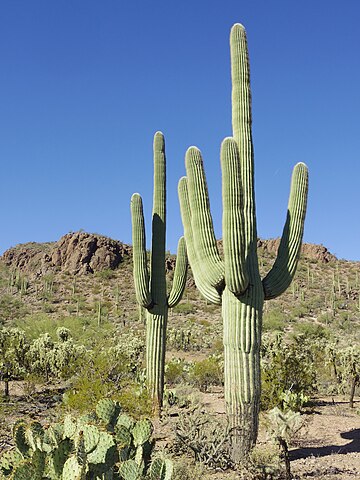 Source: WClarke, CC BY-SA 3.0, via Wikimedia Commons
Source: WClarke, CC BY-SA 3.0, via Wikimedia Commons
Known for its iconic silhouette against the desert sky, the Saguaro Cactus is a master of extreme weather survival. With the ability to store large quantities of liquid during rainy seasons, this giant cactus, which is endemic to the Sonoran Desert, can survive extended droughts. Its accordion-like pleats expand to absorb liquid and contract to store it. Additionally, its waxy skin prevents evaporation, allowing it to thrive in the desert heat.
Camel
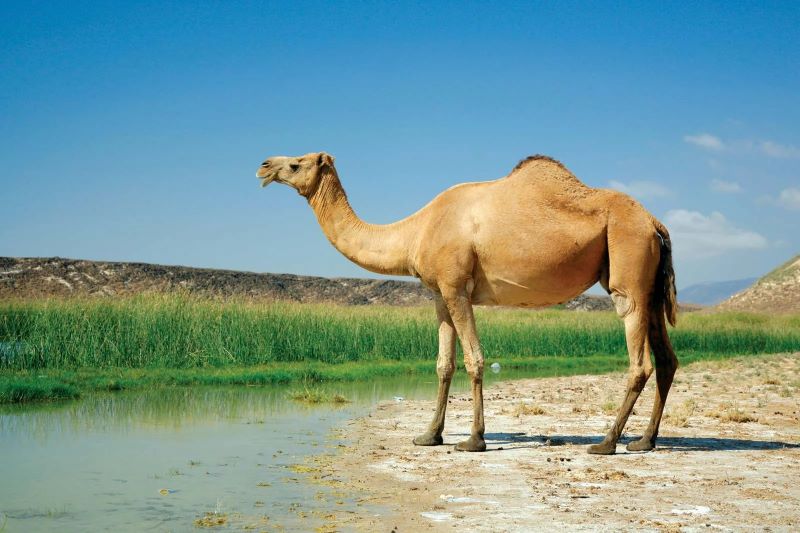 Credit: iStockphoto/Thinkstock, Britannica
Credit: iStockphoto/Thinkstock, Britannica
A camel, often referred to as the “ship of the desert,” is built to withstand the scorching heat and limited water availability. Their humps store fat, providing a crucial energy reserve during long journeys across arid landscapes. Remarkably, these weather-proof animals can drink up to 40 gallons (151 liters) of water in one go, rehydrating themselves for extended periods.
Mangrove
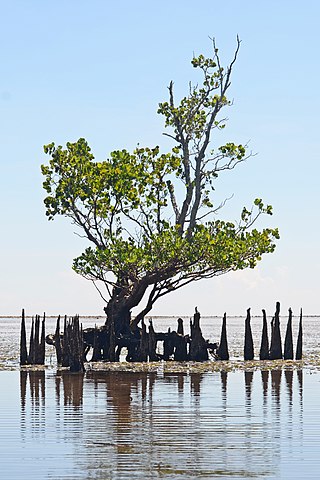 Source: Ariefrahman, CC BY-SA 4.0, via Wikimedia Commons
Source: Ariefrahman, CC BY-SA 4.0, via Wikimedia Commons
Thriving in the challenging interface between land and sea, mangrove trees have developed unique adaptations to salty, waterlogged soils. Their elaborate root systems not only stabilize coastal areas but also help them survive in saline conditions. The roots of mangrove trees anchor them in the shifting sands and filter out salt. This allows the plant to extract fresh water from the saline environment. Additionally, some species can shed leaves during droughts to reduce the loss of liquid and conserve energy until more favorable conditions return.
Arctic Tern
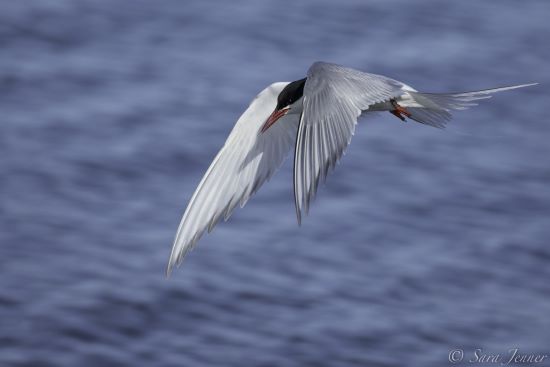
As one of the most incredible migratory birds, the arctic tern travels thousands of miles between its Arctic breeding grounds and Antarctic feeding areas. Enduring extreme cold, strong winds, and varying light conditions, these birds have a unique circumpolar migration route, taking advantage of summer in both polar regions. Their aerodynamic build and efficient flying techniques enable them to cover astonishing distances.
Resurrection Plant
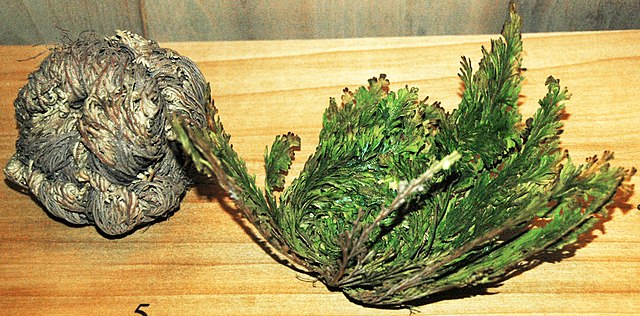 Credit: James St. John, CC BY 2.0, via Wikimedia Commons
Credit: James St. John, CC BY 2.0, via Wikimedia Commons
True to its name, the resurrection plant can survive extreme desiccation and revive with water exposure. Found in arid regions, these weather-proof plants can lose almost all of their liquid and then recover when rain returns. During dry spells, the resurrection plant curls into a tight ball, minimizing its surface area to reduce water loss. This dormant state allows it to conserve energy until the next rainfall, at which point it unfurls its leaves and resumes photosynthesis.
Snow Leopard
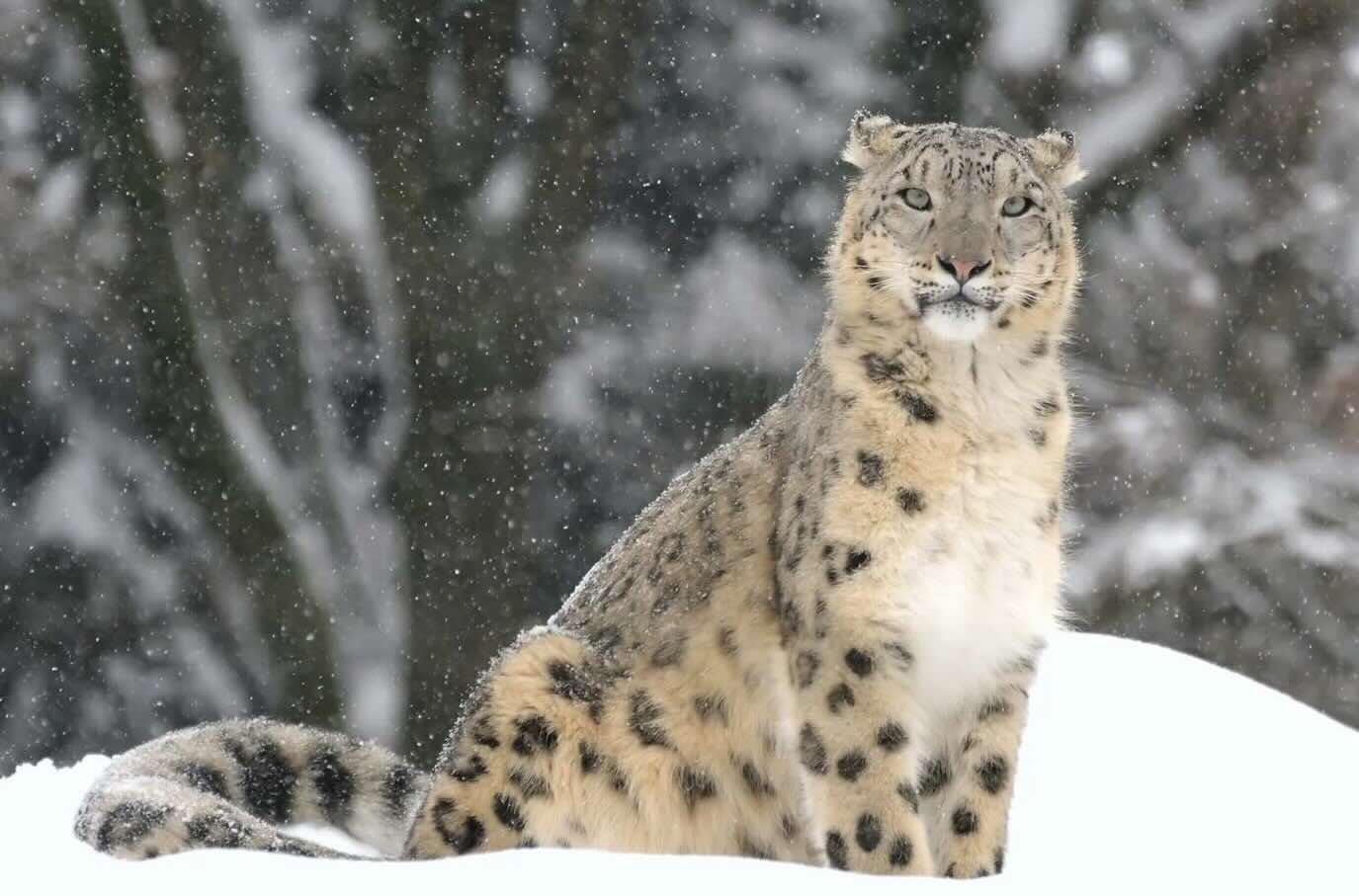 Source: wyssu/Fotolia
Source: wyssu/Fotolia
Inhabiting the mountainous regions of Central and South Asia, the elusive snow leopard is perfectly adapted to harsh, snowy environments. Its thick fur and large paws act as natural snowshoes, enabling it to navigate steep, snowy terrains with ease. Beyond physical adaptations, these weather-resilient species are solitary and elusive hunters, minimizing competition for food in their rugged habitats.
Baobab
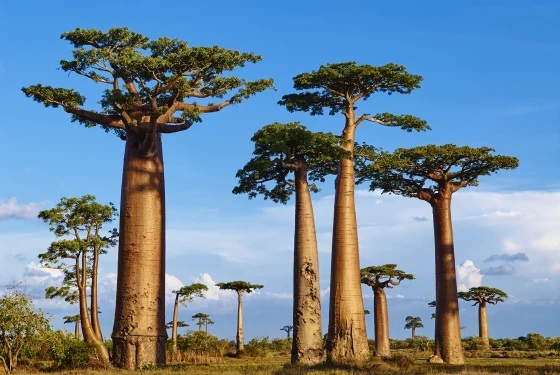 Credit: Tuul & Bruno Morandi / Getty Images
Credit: Tuul & Bruno Morandi / Getty Images
Known as the “Tree of Life,” baobab is found in arid regions of Africa and Australia. Its swollen trunk serves as a reservoir during droughts, and its leaves are adapted to minimize water loss. The baobab’s trunk can store water, sustaining the tree and surrounding wildlife during dry periods. Moreover, its bark is fire-resistant, providing additional protection against wildfires that are common in arid landscapes. This iconic tree symbolizes endurance and vitality in the face of challenging environmental conditions.
Tardigrade (Water Bear)
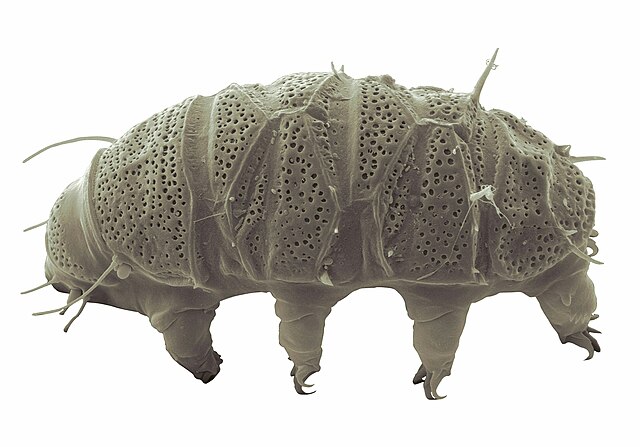 Source: Kiosya Y, Vončina K, Gąsiorek P (2021), CC BY 4.0, via Wikimedia Commons
Source: Kiosya Y, Vončina K, Gąsiorek P (2021), CC BY 4.0, via Wikimedia Commons
Microscopic yet mighty, the tardigrade is renowned for its ability to endure severe weather conditions. From the vacuum of space to the deepest ocean trenches, these tiny creatures can withstand radiation, extreme temperatures, and desiccation. Tardigrades enter a state called cryptobiosis, during which they lose almost all liquid and shut down metabolic processes. In this state, they can survive extreme environments that would be lethal to most other organisms. Tardigrades exemplify the extraordinary resilience of life, showcasing how even the smallest creatures can adapt to and withstand the harshest conditions.
Adélie Penguin
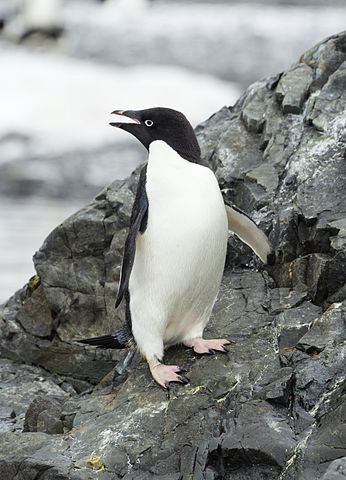 Credit: Andrew Shiva / Wikipedia
Credit: Andrew Shiva / Wikipedia
Thriving in Antarctica, Adélie penguins endure some of the coldest temperatures on Earth. Their overlapping feathers and a thick layer of blubber provide insulation, while their social structure helps them huddle for warmth during intense storms. Adélie penguins are skilled divers, foraging for food in icy waters, and their waterproof feathers protect them from the chill of frigid seas. Despite the harsh conditions, these weather-resistant species have evolved to navigate both the icy waters and the rocky landscapes of Antarctica.
Red Mangrove
Another mangrove species makes the list due to its unique aerial prop roots. The aerial roots of red mangroves not only anchor the tree in muddy, sandy soils but also provide aeration for the plant. As a result, it can survive in oxygen-poor sediments. Furthermore, these weather-proof plants play a crucial role in coastal ecosystems by providing shelter for fish and other marine life.
Conclusion
Nature is very clever in making these weather-resistant species:
- Saguaro cactus
- Camel
- Mangrove tree
- Arctic tern
- Resurrection plant
- Snow leopard
- Baobab tree
- Tardigrade
- Adélie penguin
- Red mangrove tree
These plants and animals show how amazing life on Earth is at changing and adjusting. As we try to learn and value these changes, let us also think about how important it is to protect the environments that help these species stay strong.






